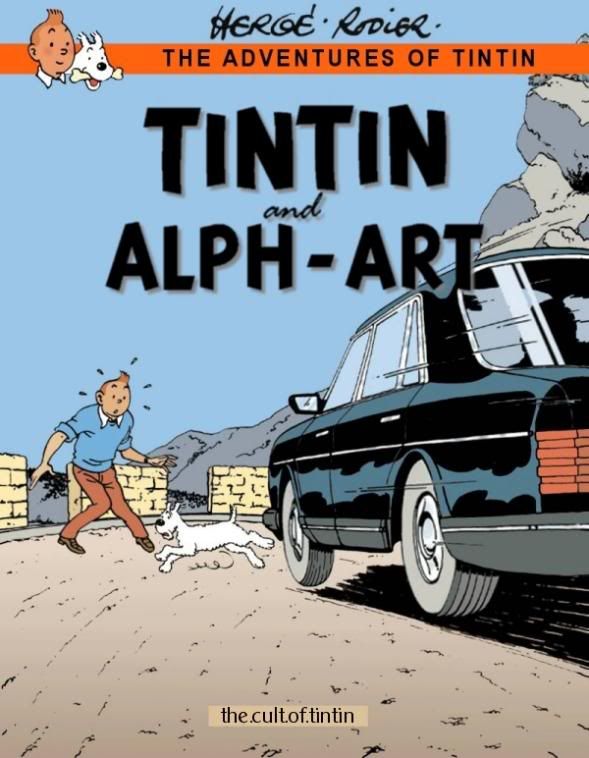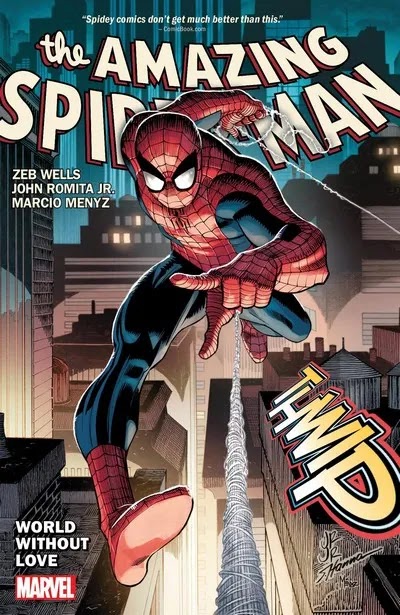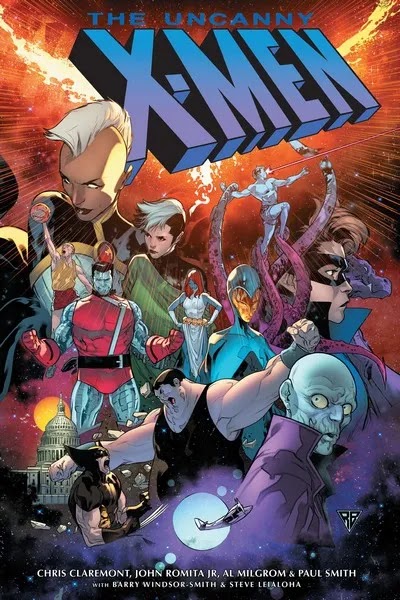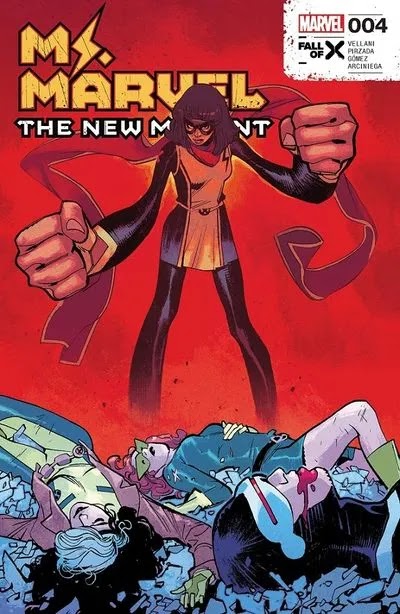24. Tintin and Alph-Art (1986-2004) [By Hergé, Completed By Rechard & Rodeir]
Tintin and Alph-Art (French:
Tintin et l'alph-art) is the twenty-fourth and final book in the Tintin
series. It is a striking departure from the earlier books in tone and
subject, as well as in some parts of the style, due to Hergé having lost
interest in telling more stories in the mold of his earlier
'Tintin'-books.
Hergé
worked on the book until his death in 1983, and it was published
posthumously (despite its unfinished status) in 1986 by Casterman in
association with La Fondation Hergé, and was republished in 2004 with
further material.
 In
1976, a few months after the publication of Tintin and the Picaros,
Hergé told the journalist and author Numa Sadoul that he was
contemplating the next adventure of Tintin — setting an entire story in
an airport departure lounge. This idea was eventually dropped, and in
1978, he decided to set the story in the world of modern art. He had
grown tired of his creation, and the pressure he was under to produce
new adventures, and in an attempt to rekindle his passion for writing
and drawing the adventures of Tintin, chose to incorporate his love of
avant-garde artwork into the new story. Hergé was inspired by the Ferdinand Legros and Elmyr de Hory affair, and incorporated a second element, a new age
sect and a phoney guru. He planned to cast Rastapopoulos as the
villain, but according to Harry Thompson, dropped the idea in 1980 when
he introduced the alphabet art element.
In
1976, a few months after the publication of Tintin and the Picaros,
Hergé told the journalist and author Numa Sadoul that he was
contemplating the next adventure of Tintin — setting an entire story in
an airport departure lounge. This idea was eventually dropped, and in
1978, he decided to set the story in the world of modern art. He had
grown tired of his creation, and the pressure he was under to produce
new adventures, and in an attempt to rekindle his passion for writing
and drawing the adventures of Tintin, chose to incorporate his love of
avant-garde artwork into the new story. Hergé was inspired by the Ferdinand Legros and Elmyr de Hory affair, and incorporated a second element, a new age
sect and a phoney guru. He planned to cast Rastapopoulos as the
villain, but according to Harry Thompson, dropped the idea in 1980 when
he introduced the alphabet art element.
The
story opens with Captain Haddock having a nightmare of being visited by
Bianca Castafiore, who demands that he take his "medicine" (a bottle of
Loch Lomond). When he refuses, as he still cannot stand it after the
events of the previous book, Castafiore turns into a huge bird-like
creature which then attacks Haddock. Fortunately Tintin manages to wake
him up, and then receives a telephone call from the real Castafiore,
telling him that she is in Belgium for a few days, and tells him about
the man she is with, Endaddine Akass, a famous mystic. In town, Captain
Haddock comes across Castafiore, and to avoid her, dashes into the
nearby Fourcart Gallery, meeting avant-garde artist Ramó Nash and owner
of the gallery, Henri Fourcart. Fourcart shows an interest in meeting
Tintin. Haddock purchases a perspex letter 'H' (Personalph-Art). Back at
Marlinspike, Haddock and Tintin watch a news report about their old
friend Emir Ben Kalish Ezab, who plans to buy Windsor Castle from the British government, and the Beaubourg Centre
(the Pompidou). Following this is a report on the suspicious death of
art expert Jacques Monastir, who is presumed drowned off the coast of
Ajaccio.


.jpg)




.jpg)

